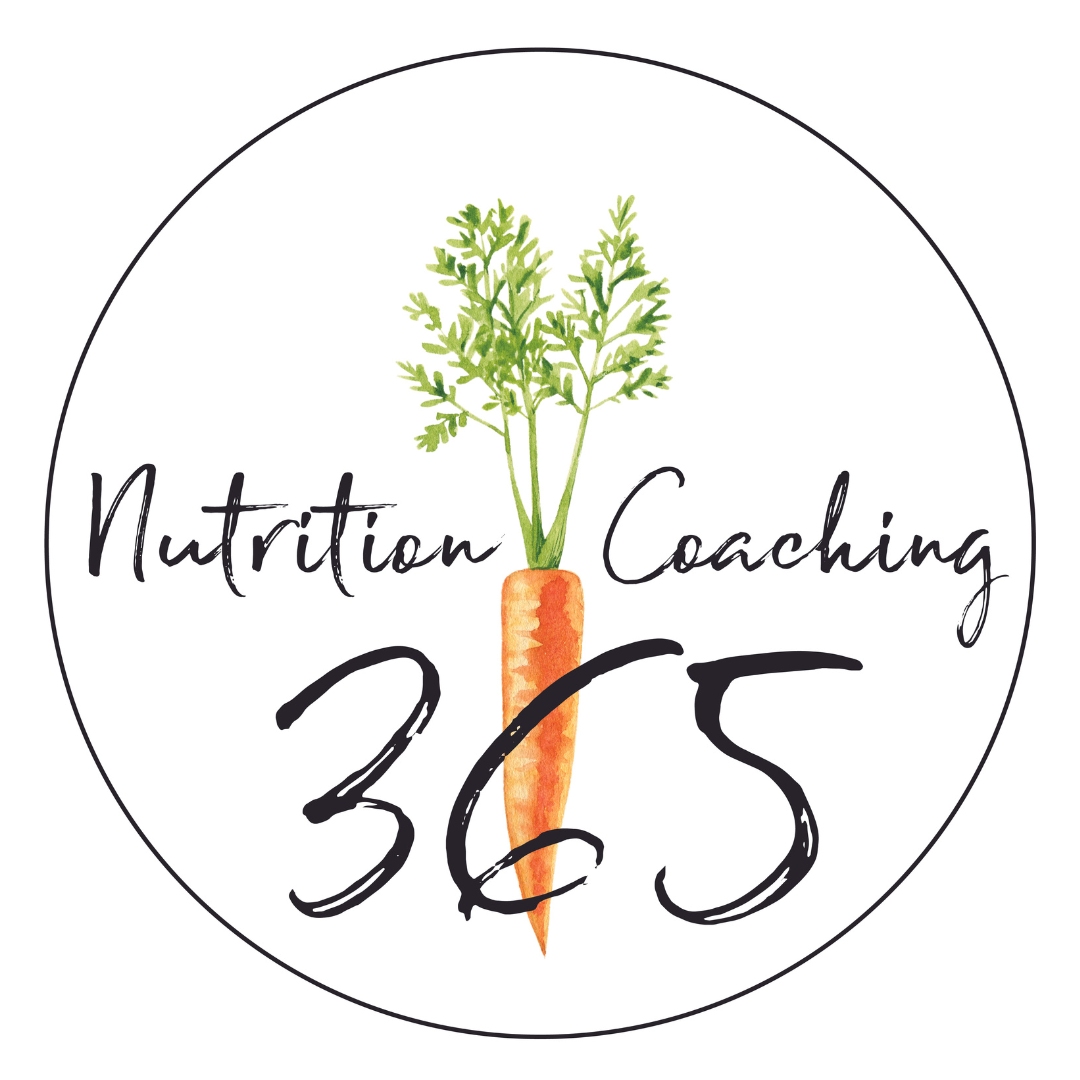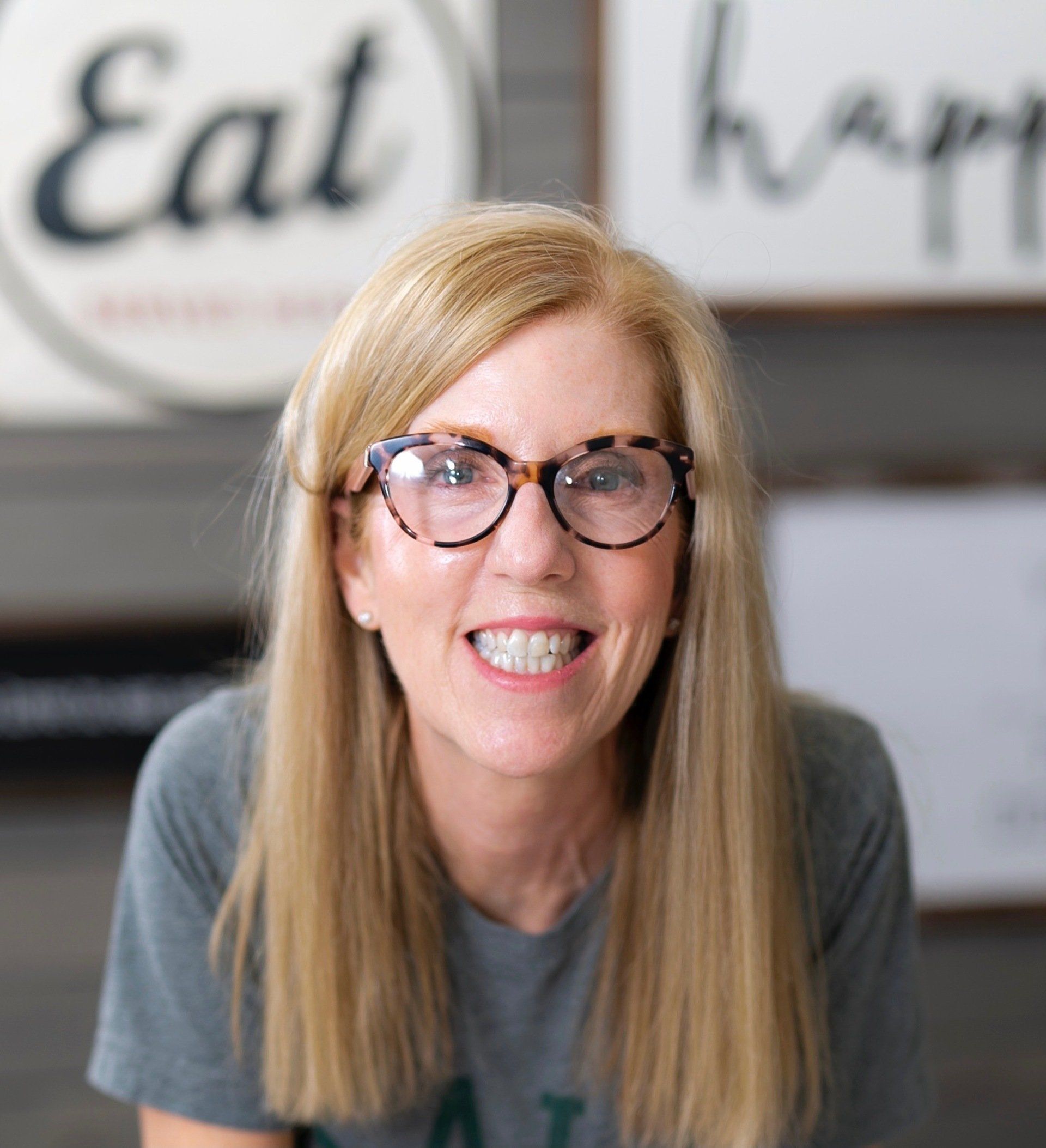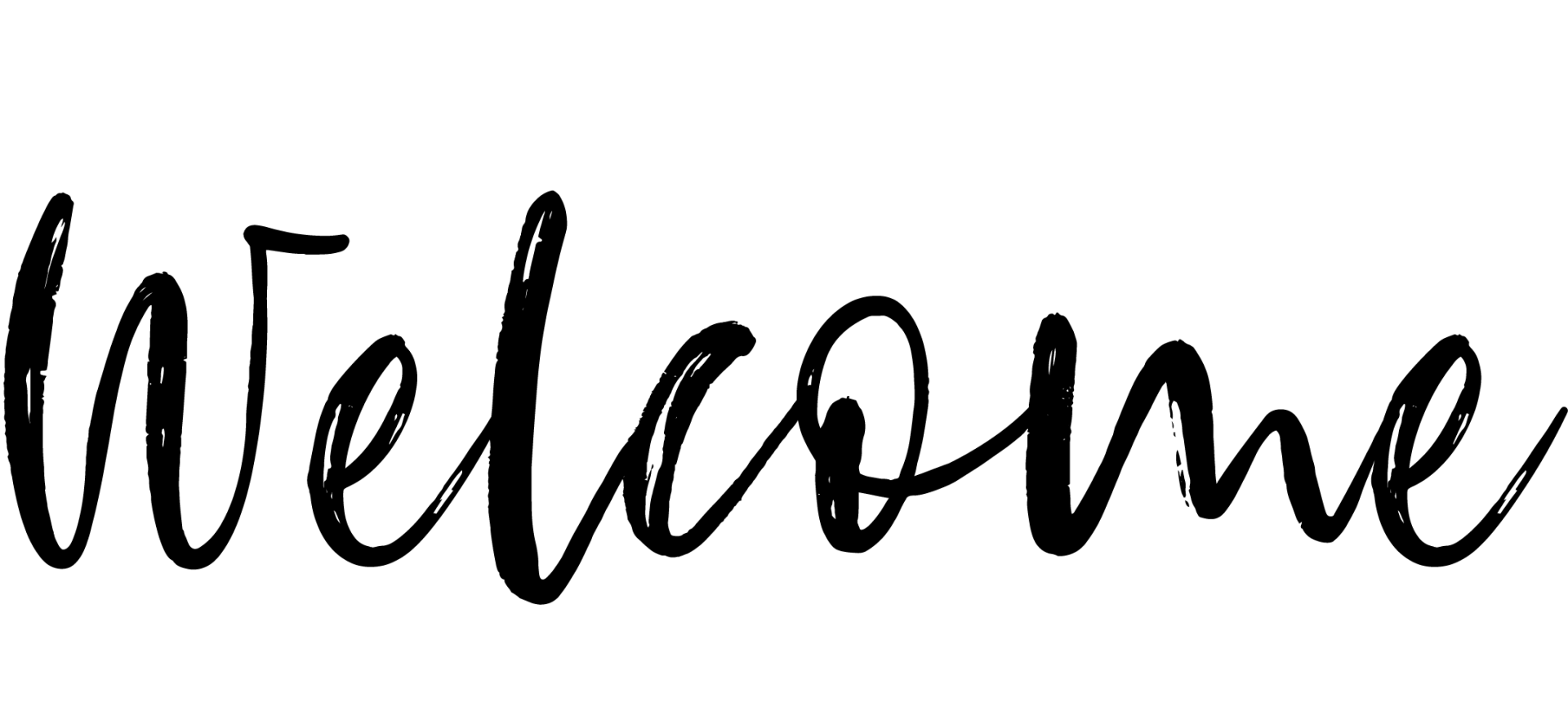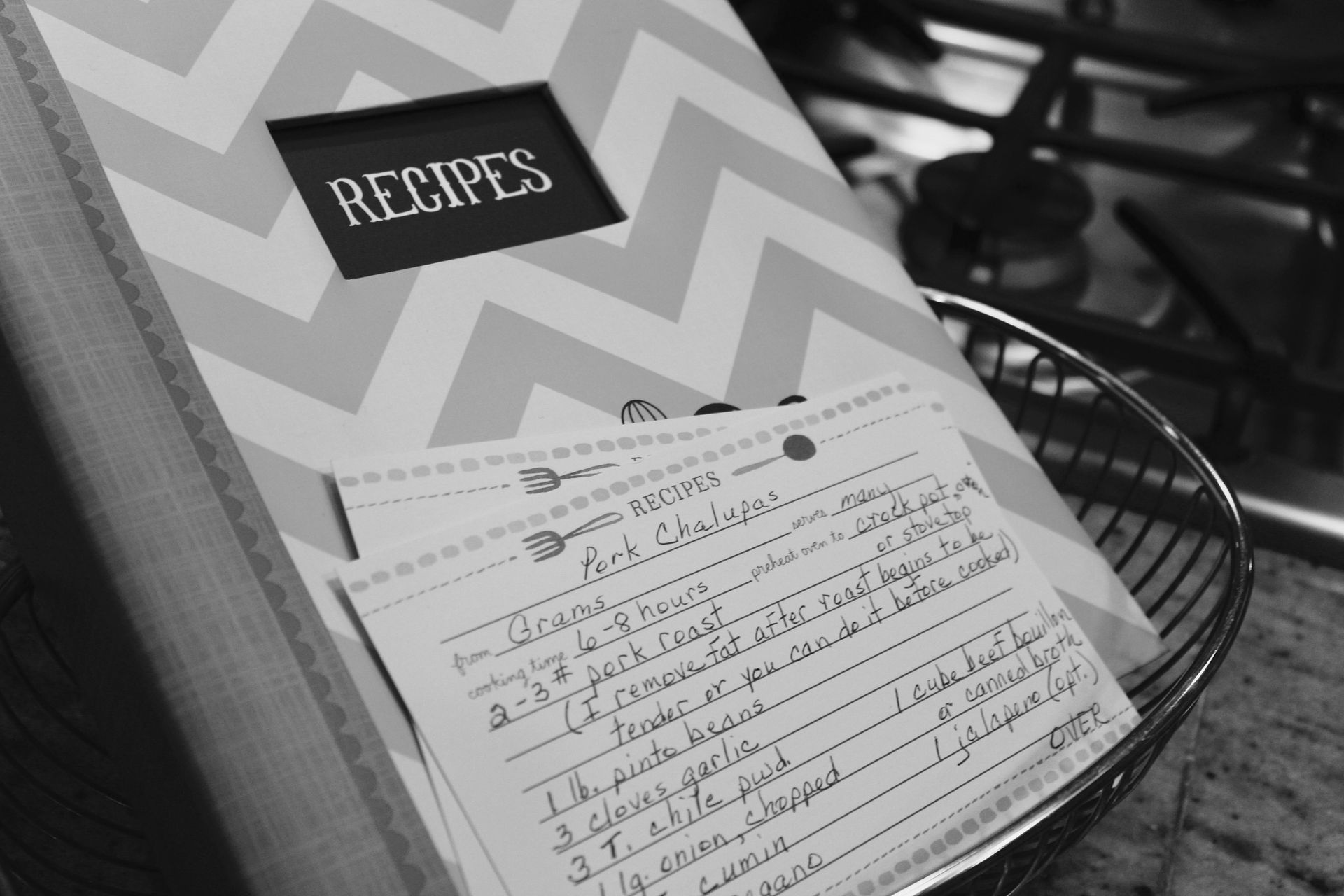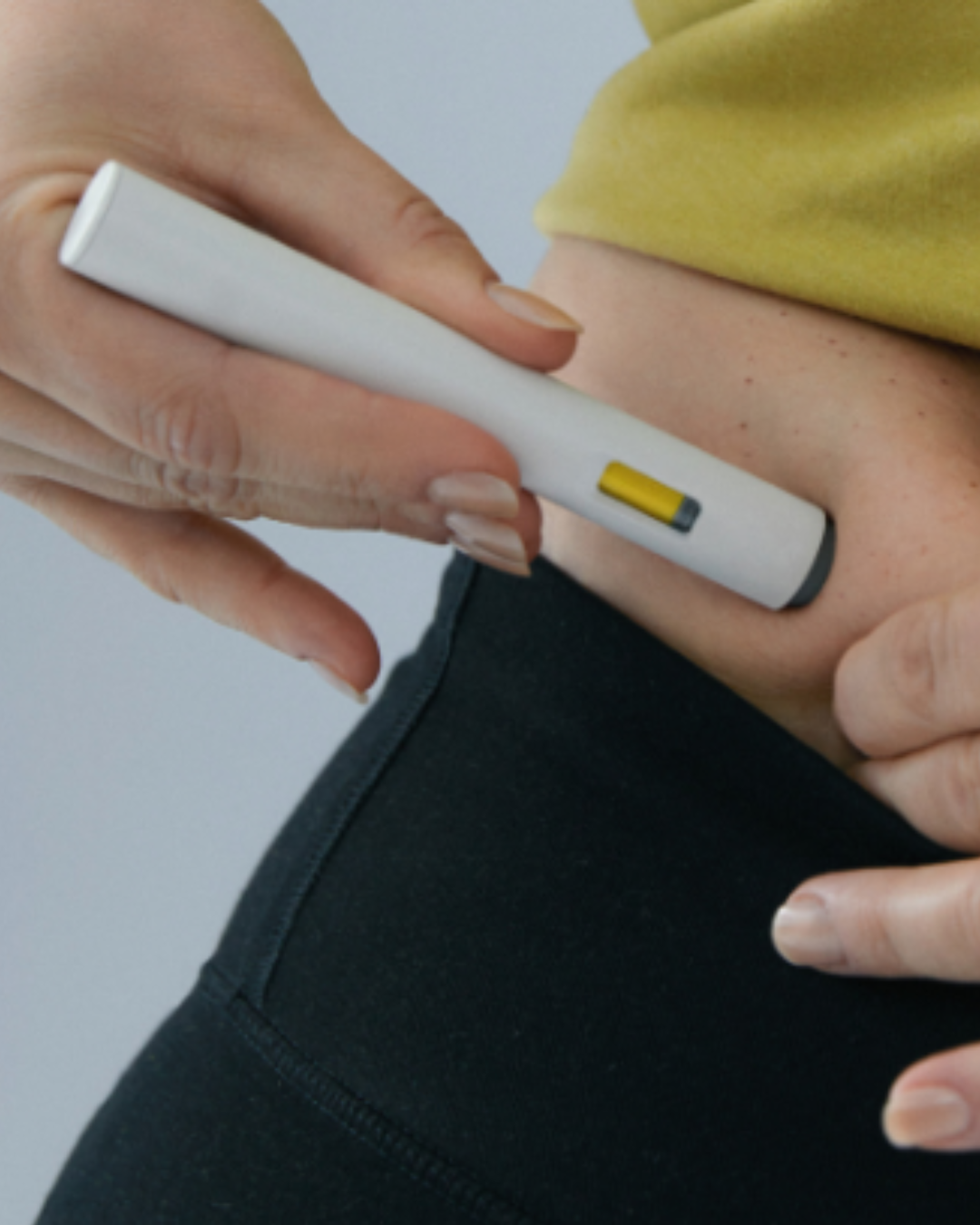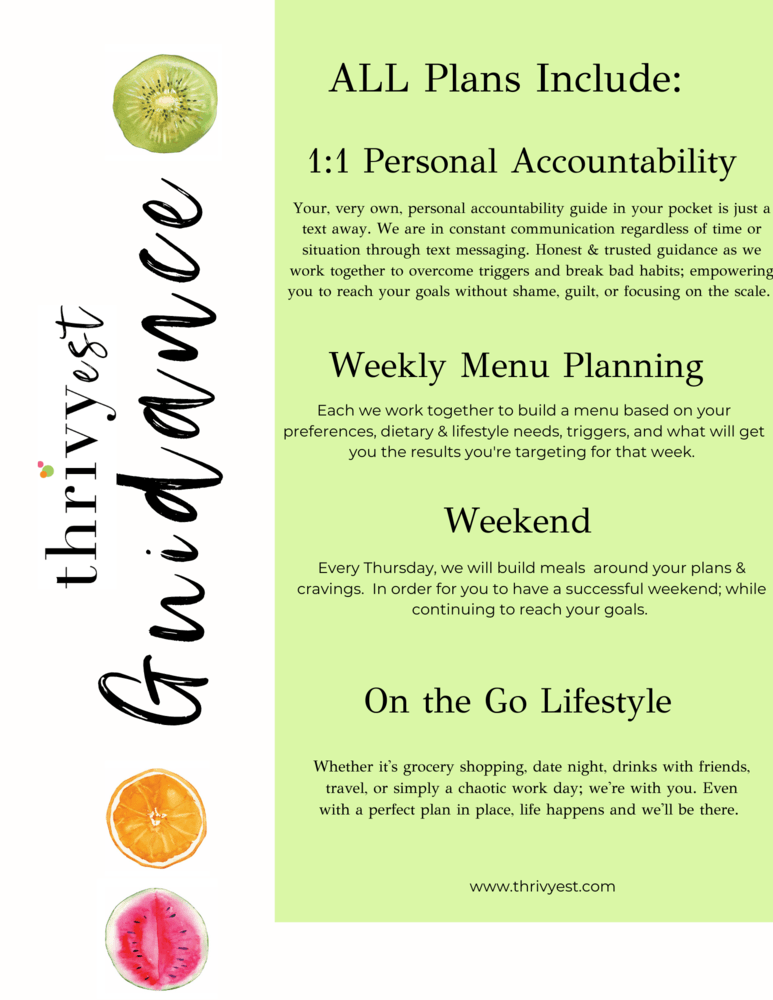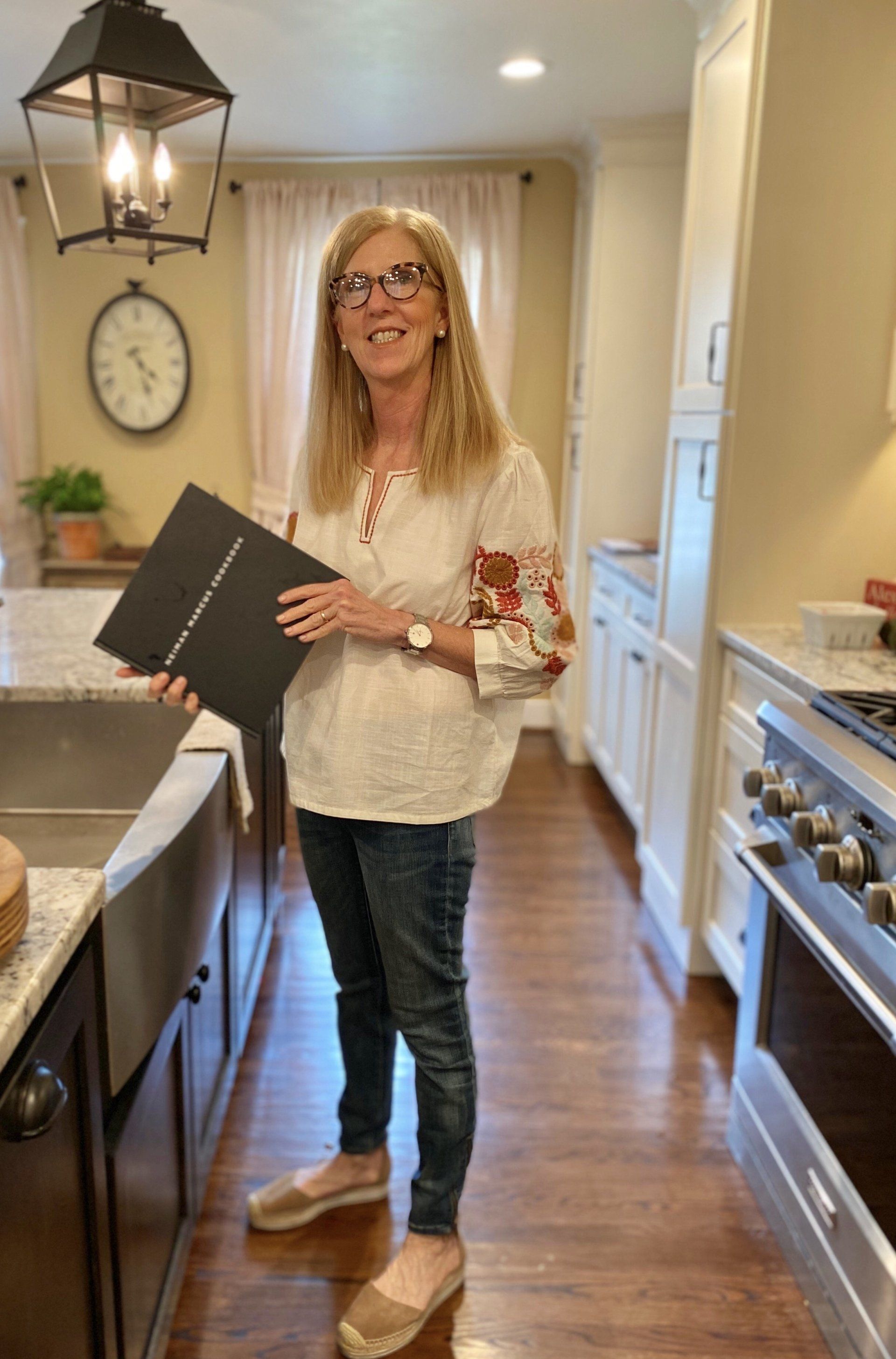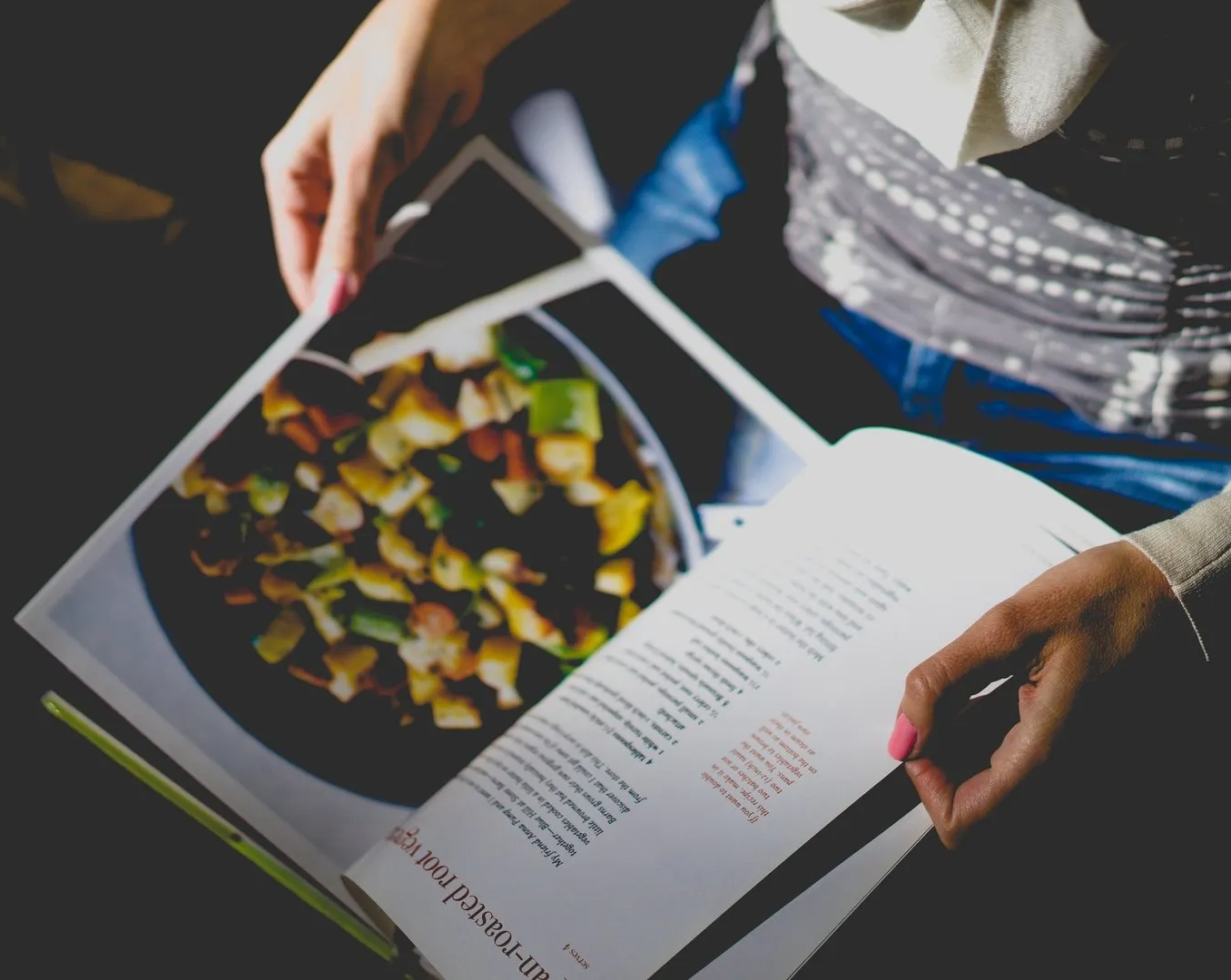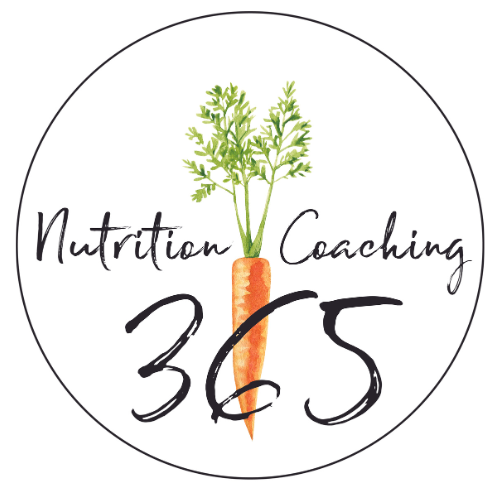How Much Should You Eat to Lose Weight After 45? Why Portion Sizes on Packages and Recipes Don’t Work for You
Why Portion Sizes on Packages and Recipes Don’t Work for You—and What to Do Instead
You’ve tried eating “clean.” You’ve followed influencer recipes. You’ve stuck to the portion sizes on the box.
So why are you still not losing weight?
If you’re a woman over 45, you’re not imagining it. What worked in your 30s doesn’t work now. Your body’s changed—thanks to hormones, stress, sleep, and a naturally slowing metabolism.
And no, there is nothing wrong with you! You’ve just been following advice that wasn’t made for you.
In this post, you’ll learn how to:
- Accurately determine your daily calories and protein
- Decode food labels and misleading recipe portions
- Portion your meals for real fat loss
- Apply a dead-simple “high-protein test” to any food or recipe
- Build awareness without obsessing or restricting
This is real-world nutrition for real women over 45
📦 STEP 1: Why "Serving Sizes" on Packages Are Misleading
Food labels are meant to standardize, not personalize.
The serving size on the box? That’s based on what the average consumer eats—not what you need for fat loss.
Here’s what you need to know:
- A “serving” is usually determined by marketing or FDA regulation—not health needs
- Some serving sizes are laughably small (looking at you, cereal and granola)
- What you need depends on your body size, activity, and goals
🧠 Real talk: If you're trusting the label or recipe to control your portions, you're outsourcing your results to a marketing team.
🔍 STEP 2: Learn to Read Nutrition Labels for Fat Loss (Without the Overwhelm)
You don’t need to become a dietitian—you just need to know what matters.
What to focus on:
- Serving Size in grams – Not cups or handfuls. Use a food scale.
- Calories per Serving – Is that for 100g or 25g? Watch carefully.
- Protein in grams – This is key. You need 30–35g per meal minimum.
- Starchy vs Non-Starchy Carbs – These aren’t the same. (More below.)
- Ingredients – Look for protein-rich items first, not oil or sugar.
✅ STEP 3: How to Tell If a Food or Recipe Is Actually High Protein
Here’s a simple test that works every time:
🔎 The High-Protein Test
Take the grams of protein and
add a zero.
If the
calories are equal to or less than that number, it passes.
📌 Examples:
- 30g protein → Add a zero → 300
- If the meal has 300 calories or less, it’s high protein
- If it has 450 calories? It’s not protein-dominant—it’s just a food with some protein
Use this test on:
- Frozen meals
- Cooked recipes
- Packaged foods
- Leftovers
✅ Use this to quickly spot meals that support fat loss—not just “look” healthy.
🧮 STEP 4: How to Find Your Calorie & Protein Targets (Simple Math)
Forget apps that confuse you. Here’s a realistic way to set your daily targets:
🔹 Daily Calories for Fat Loss
👉 Goal weight × 10
- Want to weigh 140 lbs? → Eat around 1,400 calories/day
- Goal is 160? → Around 1,600 calories/day
🔹 Daily Protein
👉 Goal body weight × 0.8–1.0
- Goal is 180 lbs? Aim for 145–180g protein/day
This sets you up for:
- Lean muscle retention
- Fewer cravings
- Better fat loss results (especially after 45)
📌 Important: Prioritize hitting your protein target daily, even if your calories vary slightly.
🍽️ STEP 5: Portion Your Meals Based on You—Not the Label or the Recipe
This is where most women overeat without realizing it.
Let’s say a pasta bake recipe says “serves 6.” But is that 6 servings for a 220-pound man trying to bulk... or for a 145-pound woman trying to lean out?
Here's how to fix it:
- Enter the full recipe (in grams) into MyFitnessPal or Cronometer
- Check the total calories and protein
- Weigh the cooked dish in grams
- Divide the total weight into servings based on your calorie/protein needs
📌 Example:
You need 450 calories and 35g protein per meal.
Recipe total: 1,800 calories, 140g protein, weighs 1,200g.
→ Your serving =
300g
No guessing. No scale anxiety. Just results.
🥗 STEP 6: Build Your Plate the Right Way (What to Measure and Why)
✅ The Fat Loss Plate Framework
Animal Protein (4–6 oz cooked)
- Chicken, turkey, lean beef, fish, eggs
- Must hit ~30–35g protein per meal
Non-Starchy, Fiber-Filled Veggies (150–300g)
- Broccoli, cauliflower, zucchini, mushrooms, leafy greens
- Add bulk and fullness with almost zero calories
Starchy Carbs (75–125g cooked)
- Rice, potatoes, lentils, beans, oats
- Energy source—but easily overdone without measuring
🛑
Skip the “add healthy fats” advice.
You're already getting enough from oils, dressings, and meat. Adding avocado or nuts “just because” leads to stealth calorie overload.
⚖️ STEP 7: Ditch the Cups & Spoons—Use a Digital Scale
You don’t need to measure forever, but you do need a short period of accuracy.
Why grams > eyeballs:
- A “cup of rice” can vary by 50–70 calories depending on scoop
- A “tablespoon” of olive oil can be 10g or 18g (that’s a 70-cal swing!)
- Grams are consistent, cups are not
Use a kitchen scale for 1–2 weeks to calibrate your food awareness. You’ll be amazed how quickly you internalize what 125g of rice or 150g of veggies really looks like.
🧠 STEP 8: Know the Difference Between Starchy and Non-Starchy Carbs
Carbs aren’t the enemy—but you need to know what kind you’re eating.
🍠 Starchy Carbs (Measure & Track)
- Potatoes
- Rice
- Pasta
- Beans
- Oats
- Quinoa
📏 Measure: 75–125g cooked (depending on your goal)
🥦 Non-Starchy Carbs (Eat More, Worry Less)
- Zucchini
- Broccoli
- Cabbage
- Mushrooms
- Cauliflower
- Leafy greens
📏 Measure:
150–300g cooked/raw
They bulk your meals without breaking your calorie budget.
🚫 Common Mistakes Women Over 45 Make With Portion Sizes
Avoid these to accelerate your results:
❌ Trusting the label or recipe blindly
❌ Skipping protein or thinking 12g is “high”
❌ Pouring oils without measuring
❌ Confusing “healthy” with “fat-loss-friendly”
❌ Using volume (cups) instead of grams
❌ Not weighing cooked vs raw (especially animal protein)
📌 Cooking tip: Always weigh animal protein after cooking for accuracy in ounces.
🧭 STEP 9: Use Tracking as a Temporary Awareness Tool (Not a Diet Sentence)
You don’t need to track forever—but you do need a clear picture of what you're really eating.
Track for 1–2 weeks to:
- Understand portion sizes
- Identify hidden calorie bombs
- Build a roster of go-to meals that hit your goals
- Stop second-guessing your plate
🎯 Pro tip: Save high-protein, goal-aligned meals in your tracker for easy logging and repeat use.
💼 Why This Matters More With Aging
As you age, your:
- Calorie needs decrease
- Protein needs increase
- Muscle loss risk goes up
- Metabolism slows down
- “Portion wiggle room” shrinks
But the solution isn’t starving. It’s precision with freedom.
You don’t have to eat boring food or go low-carb. You just need to eat the right amounts of the right foods for your goals.
✅ Recap: What Portion Size Should You Eat?
Let’s make it simple:
| Factor | What to Do |
|---|---|
| Calories | Goal weight x 10 |
| Protein (g/day) | Goal weight x 0.8-1.0 |
| High Protein Test | Add a zero to protein grams & compare to calories |
| Protein Portion | 4-6 oz cooked |
| Carbs (starchy) | 75 - 125g cooked |
| Carbs(non-starchy) | 150 - 300g raw/cooked |
No guessing. No “serves 6” traps. Just meals that match your body’s needs.
👋 Want Help Figuring Out Exactly What You Should Eat?
You’re done with diets. You’re done guessing. You’re not looking for another trendy fix.
You want someone to break it down, give you clarity, and help you actually follow through.
That’s exactly what I do.
I help women:
- Set calorie + protein targets that work
- Build meals that taste good and drive results
- Master portion control without restriction
- Finally lose fat and feel confident in their bodies again
Want to take the guesswork out of your own portions, calories, and protein targets?
👉 Book your free coach call now — let’s build a plan that fits your real life.
📚 For More Reading & Resources
If you're serious about getting results (without starving or starting over every Monday), these resources will give you the clarity and tools you need:
✅ From My Blog:
- How to Follow Recipes and Stay in a Calorie Deficit
Learn how to enter ingredients before cooking, adjust calorie-heavy recipes, and make meals work for your goals. - How Much Should You Eat? Calculator
Use this simple tool to calculate your exact calorie and protein needs based on your goal and current weight.
🏛 Trusted External Resources:
- USDA FoodData Central
The go-to government database for accurate food calorie, macro, and portion information. - MyFitnessPal: How to Log a Recipe
Step-by-step instructions to input your home-cooked meals and know what you're really eating. - Cronometer Nutrition Tracker
A highly accurate tracking app that helps you log meals, micronutrients, and recipes with confidence. - Harvard Health: The Importance of Protein
Understand how protein helps you stay full, preserve muscle, and support fat loss—especially after 45. - Cleveland Clinic: Portion Size vs. Serving Size
Why “serving size” on packages doesn’t match your actual needs—and what to do instead. - National Institute on Aging: Smart Food Choices for Healthy Aging
Backed by research, this guide offers practical eating strategies tailored to women 45+.
📞 Want Personalized Help?
If you're tired of doing it all “right” and still not seeing results, I can help you:
- Set the right calorie and protein goals
- Make meals you enjoy that actually support fat loss
- Stop second-guessing every bite
👉 Book your free coach call now — let’s build a plan that fits your real life.
YOU ARE CAPABLE OF LIVING YOUR HEALTHIEST & HAPPIEST LIFE.
If you’re looking to create healthy habits to gain more energy, improve your sleep + shed a few pounds, you’ve landed in the right place.
Recent Posts
Meet Emily
I love encouraging + inspiring others to reach their healthiest lives through food, fitness + gratitude. As a holistic nutritionist + the founder of Thrivyest, I am passionate about creating habits to help you to live longer + thrive. To thrive in body, mind + soul through personalized, simple + practical steps ensuring you gain more energy, clarity + confidence! Let's connect!
